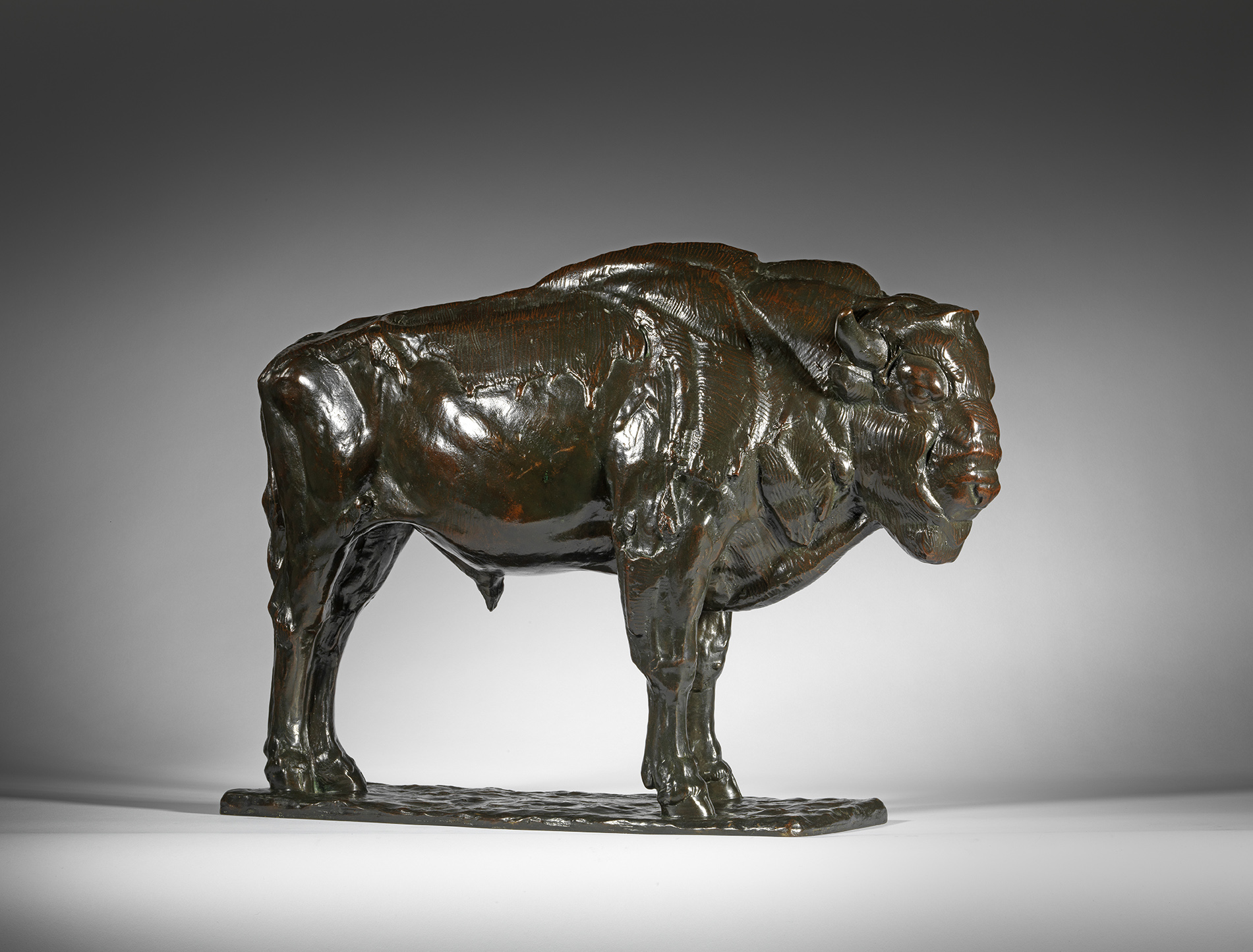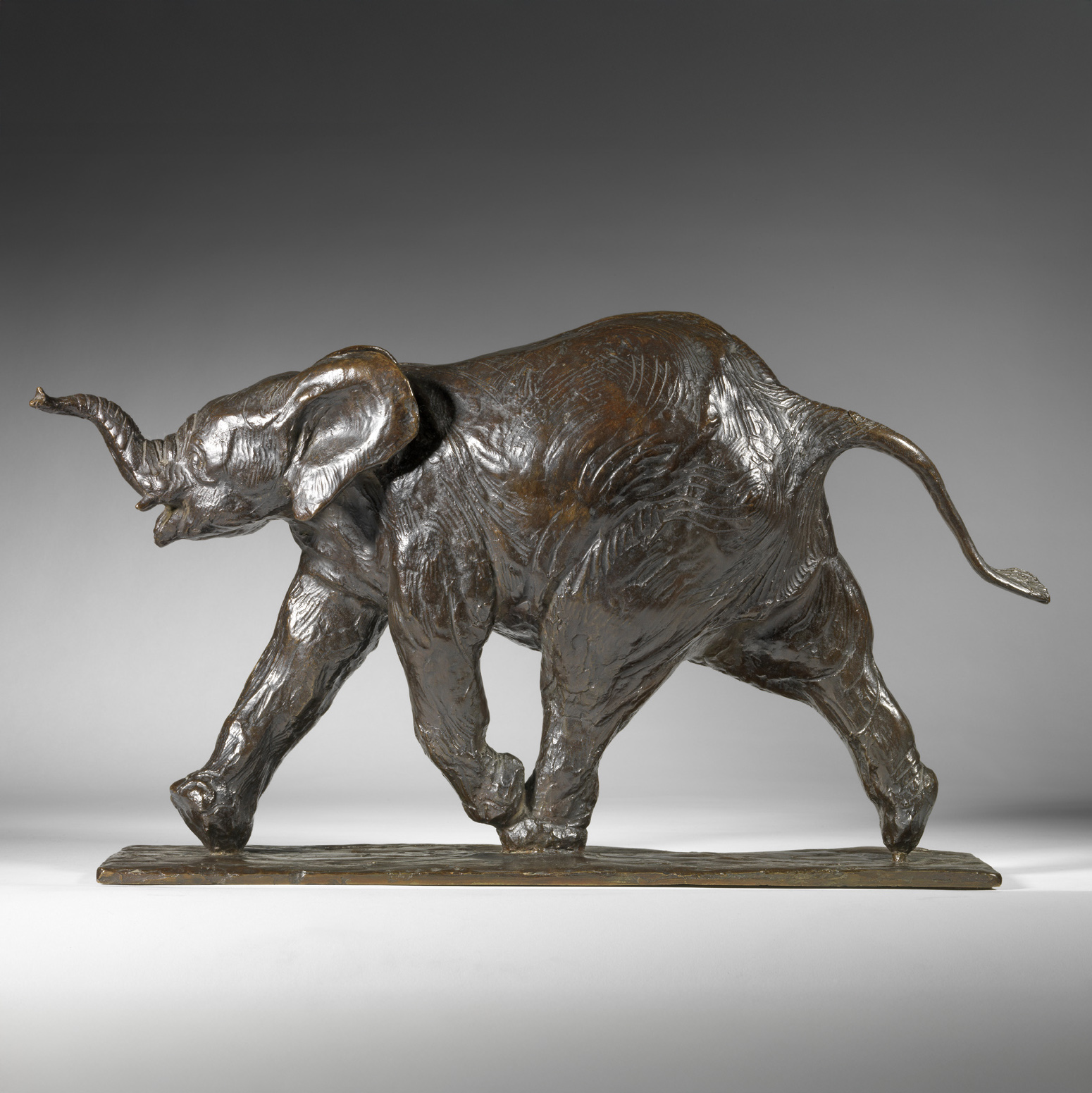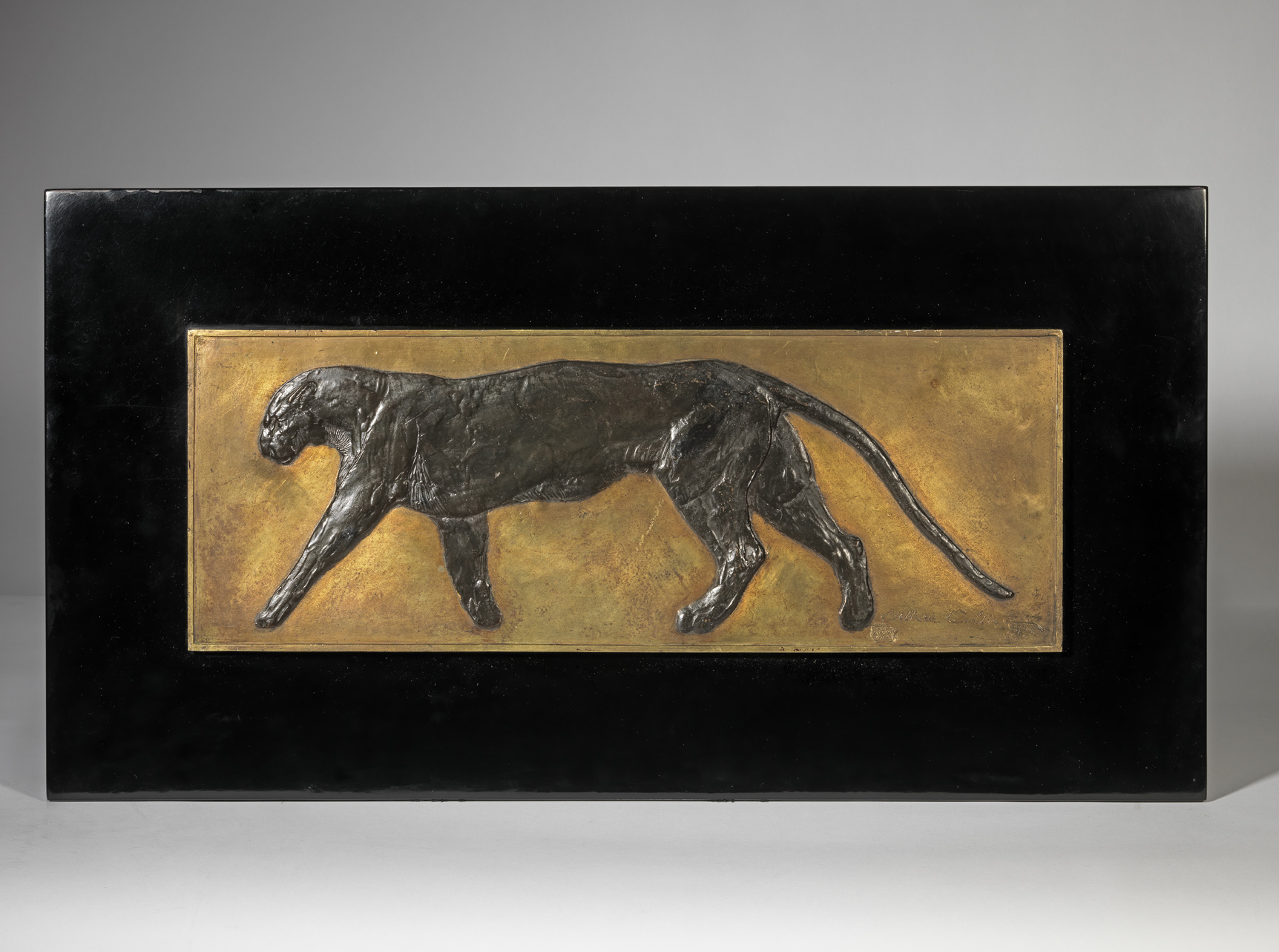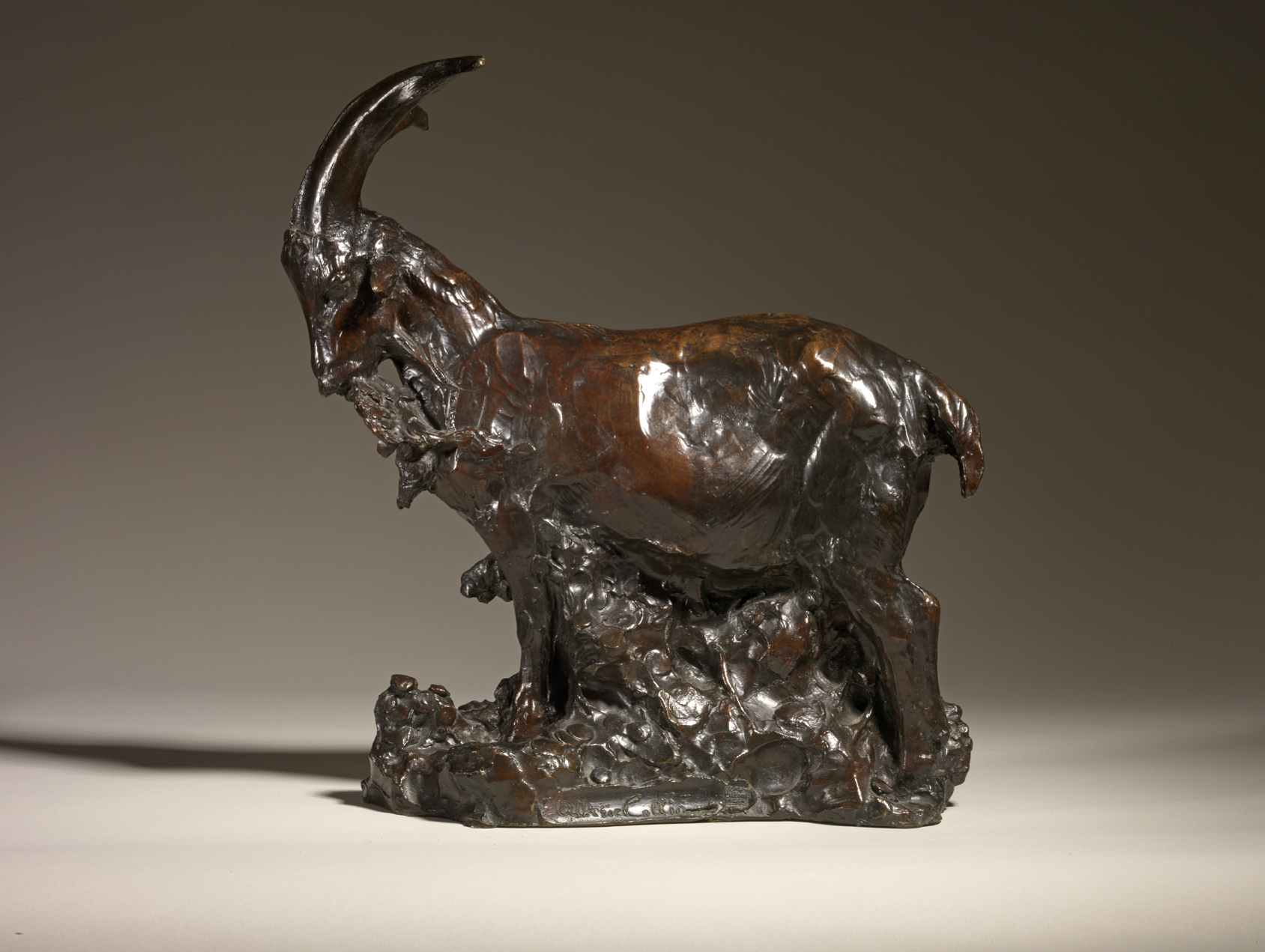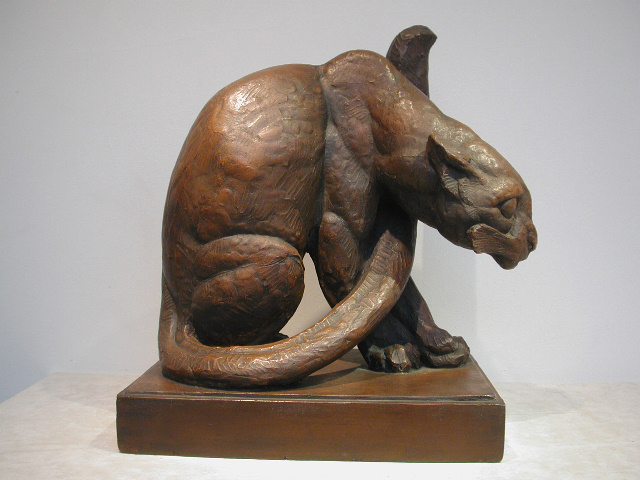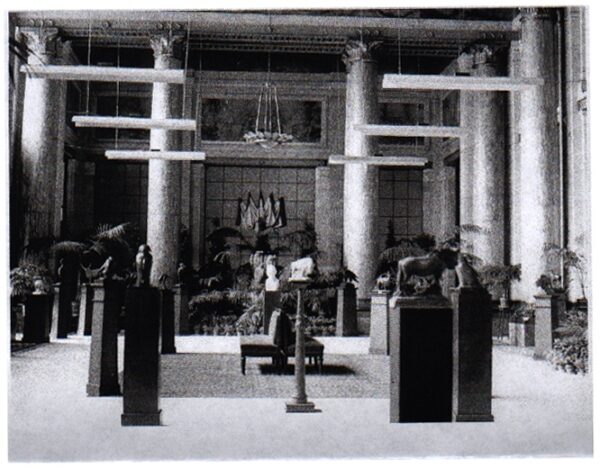
Collin displayed modernist concerns with abstract form, lively expressive texture and dynamic and inventive outline; yet he avoided generic formulas, achieving a distinct sculptural personality of his own.
Collin’s regular attendance at Antwerp Zoo was doubtless the most formative factor in his development as a sculptor. Here he met many Belgian and foreign colleagues, including Rembrandt Bugatti, Raymond de Meester and Paul Jouve, but also, and most importantly, it gave him a close knowledge of the animals housed there. Nothing about their anatomy, their characteristics or their behaviour escaped his keen eye.
In the early part of his career, Collin’s relationship with the artist Rembrandt Bugatti was hugely significant. An individualist, Bugatti instilled into Collin to trust his own perception, honing his skills of observation, rather than adopting a stylistic manner or method.
Collin’s beginnings as a caricaturist enabled him to draw on the individual styles of several of his sculptor contemporaries. However, by the early 1920’s his expressive stylisation comes to the fore, and no one can really detect a ‘Collin’ style. He produced a large body of work, almost always cast by C. Valsuani in Paris, in editions of just seven examples. With so few castings of each model, it is rare that we have seen a work in bronze appear on the market more than once in recent years.
Albéric Collin is today the best-known Belgian animal sculptor.
During the First World War, Collin stayed for some time in England, where his sister was a nun, and subsequently he moved to the Netherlands. In those years his talents as a caricaturist once again came to the fore in a biting condemnation of the brutalities of war. After 1920, Collin’s work was regularly shown in exhibitions both at home and abroad, scoring a success with eminent art collectors. Like Bugatti, Collin attached great importance to the precision of bronze casting and the quality of patination. The study of Collin’s stylistic development is unfortunately impeded by the fact that only very few sculptures carry a date.
There are no important milestones in the career of Collin, who regularly sat on art committees but never took a teaching position. Twice he created colossal elephant sculptures for world exhibitions: twelve stylised, life-sized examples to decorate the access bridge in Antwerp in 1930, and five years later a concrete African elephant ridden by three natives. This pièce de résistance was later moved to Tervuren where it now stands in front of the Royal Museum of Central Africa. A first major retrospective was held in Brussels in 1933, and at a second, held in Antwerp Zoo in 1950, more than 100 sculptures were assembled, mostly from private collections. Two years previously, Albéric Collin had made a gift of two life-sized bronze panthers to the zoo as a sign of his gratitude. He died in his home city of Antwerp on 14 September 1962. Representative work by this very prolific animal sculptor can also be admired in the leading Belgian museums. Even more than in public collections, however, the name of Albéric Collin has today become highly significant amongst private collectors of animal sculpture across the world.
Artworks
View all Artworks >
Golden Pheasant, c. 1925
Albéric Collin
A rare, fine quality, early twentieth century bronze model of a ‘Golden Pheasant’ by Albéric Collin (Belgian, 1886 – 1962). This bronze was cast by […]



